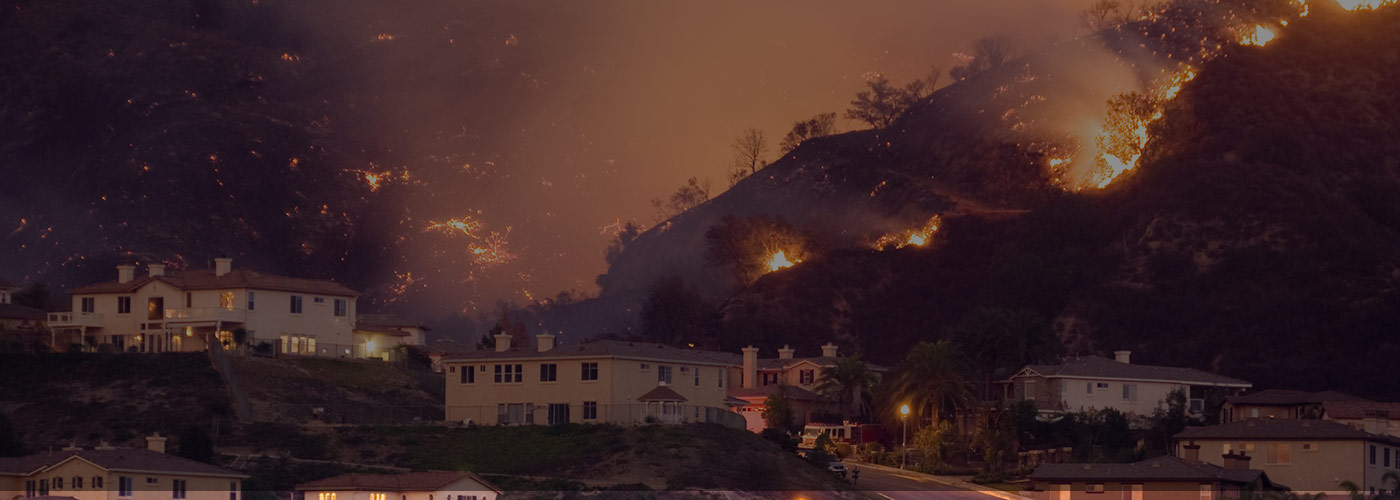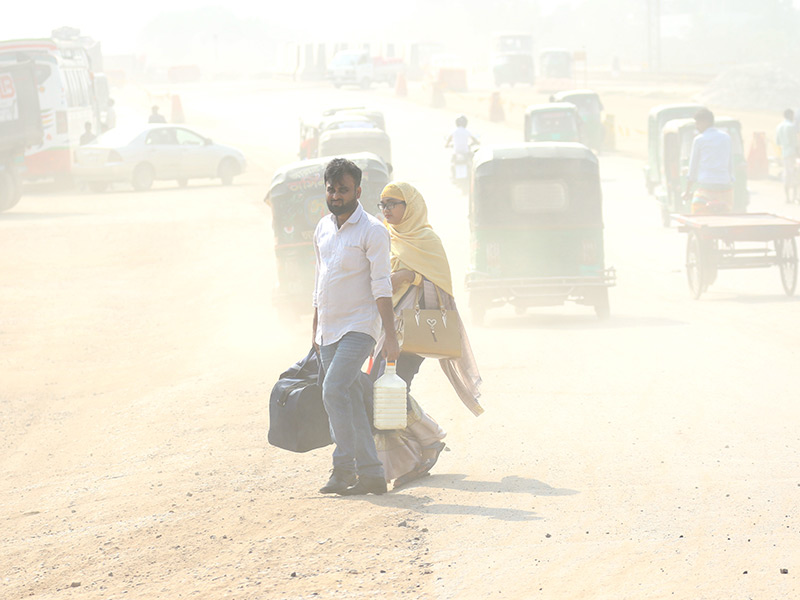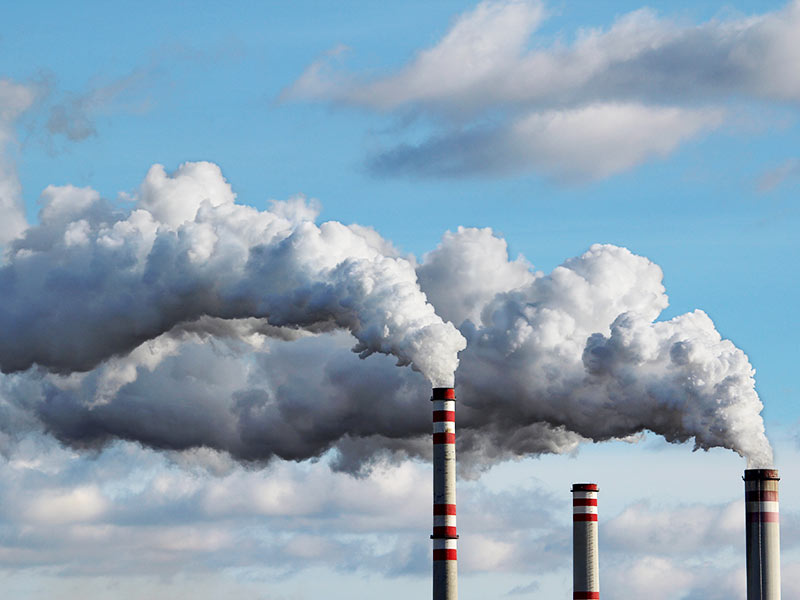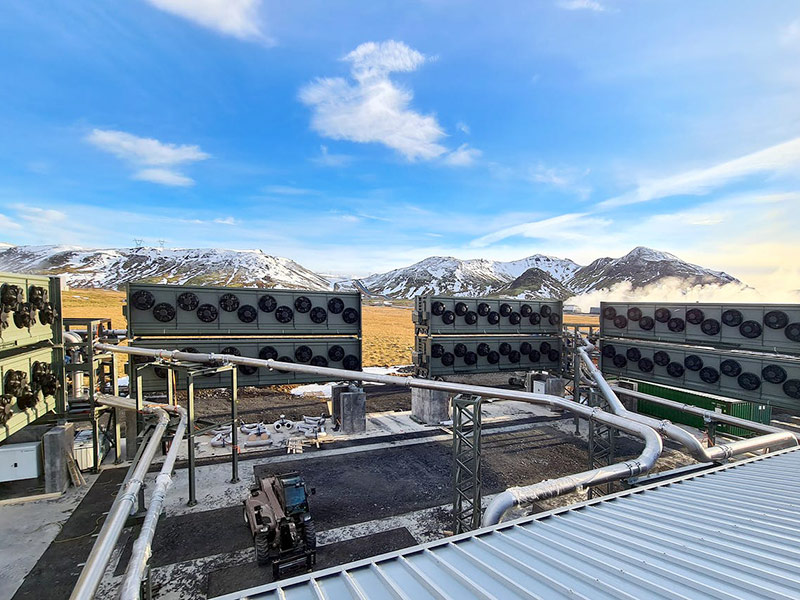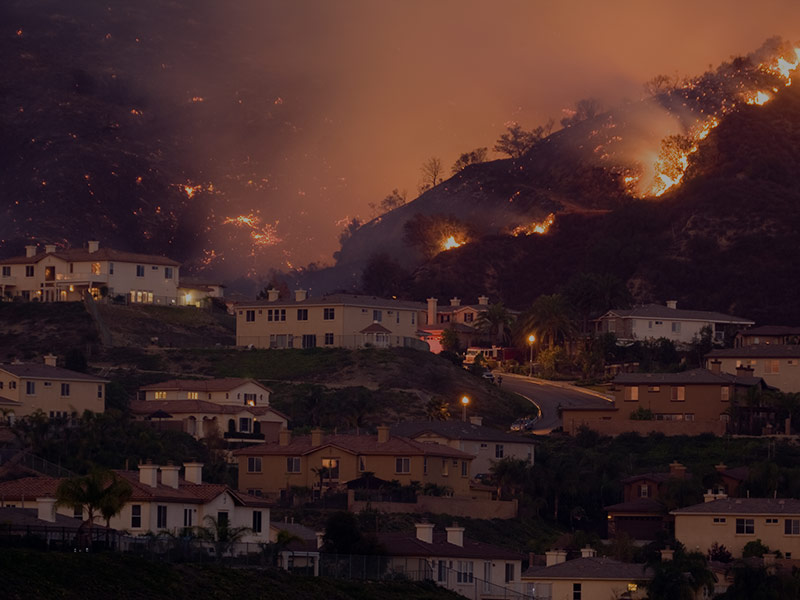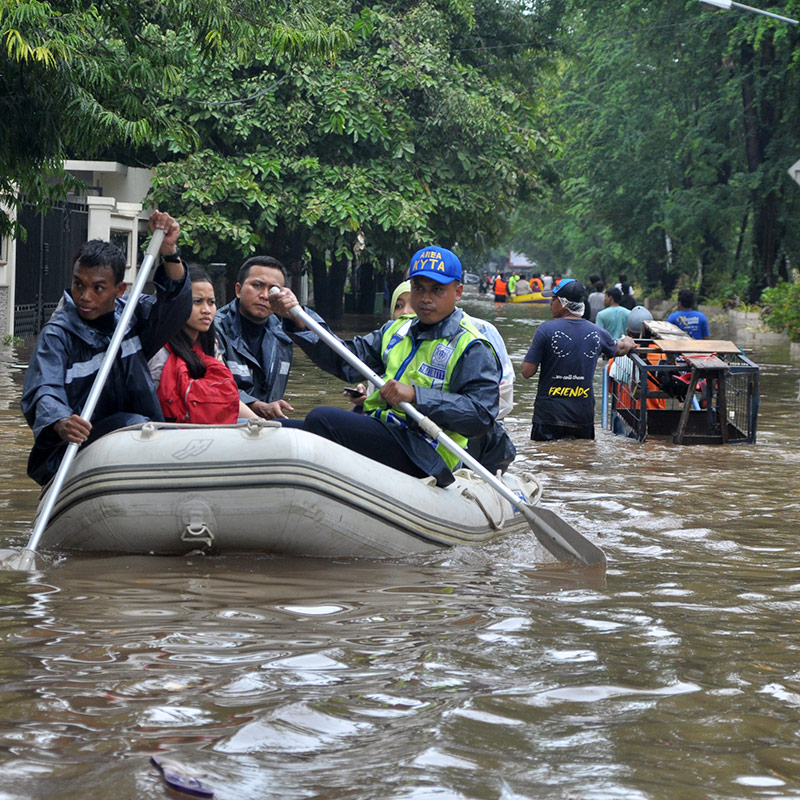
Climate impacts are making it increasingly challenging to rely on insurance for risk management, with potentially devastating consequences for those who may be left without it. Risk models built on historical data are being upended by climate impacts, and recent massive payouts threaten the financial stability of the industry. Though new insurance models and enhanced risk modeling related to climate change are emerging, climate impacts are difficult to model, and given the growing likelihood of nonlinear change, certain areas may become uninsurable.
What’s New
The increasing frequency, intensity, and simultaneity of climate-driven disasters pose a risk to current insurance models. These models are built on historical data and anticipate near-term linear change; insurance is typically priced on an annual basis.
However, the uncertainty and volatility of climate change make risk difficult to accurately model, predict, and manage. Especially because feedback loops in the climate system—and in human behavior—mean that impacts may be non-linear, accelerating in unpredictable ways.
Our ability to gather and interpret more data with more accuracy is improving our understanding of the future impacts of climate change. It’s also revealing more people and assets are at risk than previously estimated. For example, new flood-modelling techniques reveal flood risk in the U.S. has been underestimated—and that to accurately reflect risk, premiums would need to quadruple.
Confronted by growing risk, in some places insurers have significantly raised premiums or even denied coverage, leaving people and communities unable to afford or access insurance.
In other cases, governments are stepping in to provide backstops, creating a potential moral hazard whereby people are able to build and rebuild homes and businesses in high-risk areas and raising thorny questions about which communities should be bailed out by taxpayers. As an example, after the record-breaking wildfires in 2020, the state of California imposed a moratorium on insurance companies non-renewing or canceling property insurance policies due to wildfire (recently extended until December 2021). However, government interventions such as these can have unforeseen consequences: because of the moratorium, premiums have gone up for Californians outside high-risk areas as insurers seek to recuperate costs.
Expanding insurance into underinsured regions will also be a challenge. Some of the regions most vulnerable to climate change also face the largest insurance gaps. In Southeast Asia, for example, there is a roughly USD$126 billion protection gap in the region for property and casualty insurance.
Lastly, climate change is not the only society-wide risk confronting the insurance industry. Both COVID-19 and climate change raise the question of how to build more resilience and adaptability into societal risk management systems given new levels of uncertainty.
Signals of Change
In Australia, it is predicted that up to 5 percent of homes will be simply uninsurable due to wildfires by 2100.
California’s 2017 and 2018 fire seasons cost insurers USD$24 billion, with destruction levels far worse than any other year since the 1980s. From 2015-2019, insurers refused 350,000 policy renewals, and potential homeowners have backed out of purchases due to lack or high cost of insurance.
The U.S. Federal Emergency Management Agency had planned to update flood insurance premiums in April 2021 in line with new levels of risk. The increased rates would help avoid further construction in vulnerable areas. Senate Majority Leader Chuck Schumer objects to the plan, which could raise costs for his constituents, and states that there is a risk of “dramatically increasing premiums on middle-class and working-class families”.
Some coastal communities in the U.S. are facing drastic increases in property tax to fund infrastructure needed to protect against sea-level rise, coastal erosion, and abrupt increases in storm surges. In March 2021, Avon, North Carolina proposed a 50-percent increase in property tax as a result of sea-level rise. The increased tax revenue would be allocated to beach nourishment, a short-term solution to protect the town. Some residents have suggested that the government financially support them in relocating altogether.
One research model predicts that by 2050, about 95 percent of North Jakarta will be submerged due to subsidence, sea-level rise, and flooding. Indonesia is the second most underinsured country globally, behind Bangladesh.
Fast Forward to 2025
It started with the announcement that a town up the coast would be decommissioned due to sea-level rise. It wasn’t even us, but the knock-on effect was that our insurance became more expensive...
The Fast
Forward
BSR Sustainable Futures Lab
Sustainable Business Implications
The inability to insure assets at risk from climate change will lead to stranded assets and decreased asset prices in these areas, with a knock-on effect on the mortgage industry. Business with large physical footprints in areas facing the highest climate risk, such as real estate, agribusiness, utilities, and transport and logistics, will face increased cost of insurance and growing difficulty securing insurance for future investments.
As insurers seek to recuperate costs, premiums may rise elsewhere. Businesses may be forced to relocate critical assets and functions. For the insurance industry, uninsurability is a growing Diversity, Equity and Inclusion (DEI) issue concerning the availability and access of services to marginalized groups.
Some areas of the Global North that are overexposed to climate change are wealthier, mostly white communities like Napa and parts of Miami with the means to afford higher insurance premiums or relocation costs.
As risk increases, so will premiums. However, at some point, no premium is worth the risk to the insurer in certain areas given the level of unpredictability in non-linear events like climate change, then unaffordability tips over into unavailability. Climate risk data can and should be used by all stakeholders to shake out true risk pricing in the long term, but the process of readjusting premiums to accurately reflect risk is going to be difficult and politized, especially in areas where government subsidies have masked the risk to date.
However, disadvantaged communities, such as BIPOC, ethnic minorities, or migrants, who often have homes in higher-risk areas are less likely to have insurance, more likely to face price discrimination, and less likely to have the financial security to relocate or adjust to new pricing. Rising costs of premiums have already priced BIPOC communities out of certain areas. And as private insurance markets develop in the Global South, these higher-risk areas could be automatically excluded.
The insurance industry, which has already suffered a decline in reputation and credibility following COVID-19, could face further scrutiny depending on how it handles the issue of climate risk.
Insurers will be forced to make difficult decisions. Denying insurance to businesses, farmers, and communities in high-risk locations runs the risk of disincentivizing investments in these areas—including investments in climate adaptation. Conversely, subsidizing insurance or being bound to insure assets in areas with high-levels of risk distorts their value and places increased strain on insurers and taxpayers.
There is also an opportunity to explore the industry’s role in collaborations that build community resilience using innovative business models, risk mitigation tools, and insurance products that reward and promote adaptation. This can include community rating systems, local government collaborations, and insurance funds investing in resilience initiatives. Models, such as parametric insurance, which preemptively pay out ahead of a climate hazard are also gaining traction as they enable communities to bolster against the hazard and minimize community devastation.
Across all industries, the need to understand climate risks including uninsurability is growing; frameworks such as Task Force on Climate-related Financial Disclosures (TCFD) can help.
Asset holders will need to work with the insurance industry and government regulators to identify solutions that manage climate risks in a just and inclusive manner. Insurance providers who work proactively and transparently with clients to increase mutual understanding of and creative solutions to climate risk will strengthen customer relationships—enhancing their own resilience in the face of change, as well as that of the world around them.
![]()
Previous issue:
The Cooling Conundrum
![]()
Next issue:
Micro-Factories
